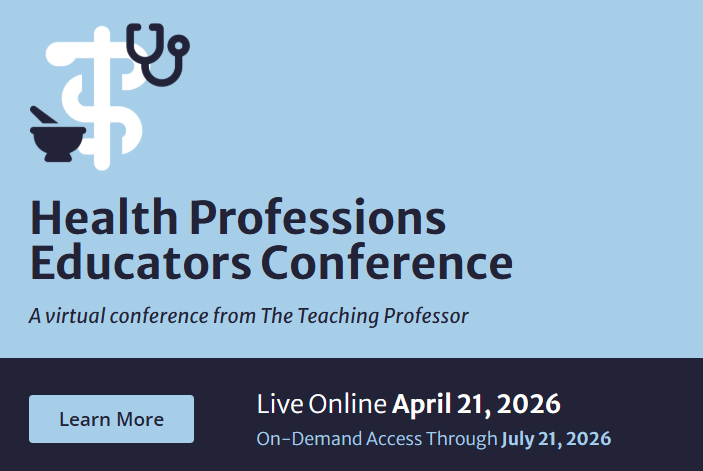Making the Most of the First Day of Class
The first day of class is an important time. In addition to the usual housekeeping tasks that need to be accomplished, there are other critical functions of the first day of class – not the least of which involves setting the tone for the course.




